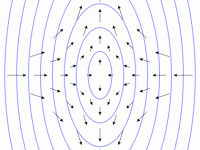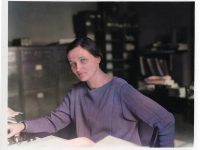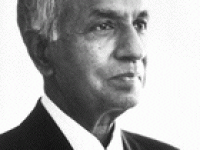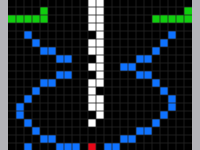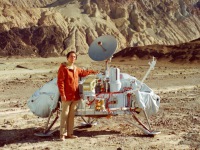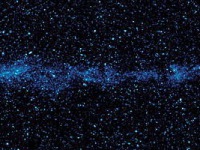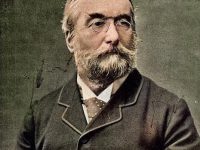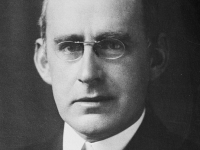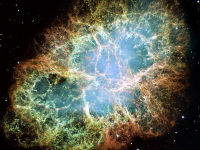The first Observation of Gravitational Waves
On September 14, 2015, the LIGO Scientific Collaboration observed gravitational waves from a 410 megaparsec (1.3 billion light years) distant merger of two black holes. Previously, gravitational waves had only been inferred only indirectly, via their effect on the timing of pulsars in binary star systems. It was also the first observation of a binary black hole merger, demonstrating both the existence of binary stellar-mass black hole systens, and the fact that…
Read more

